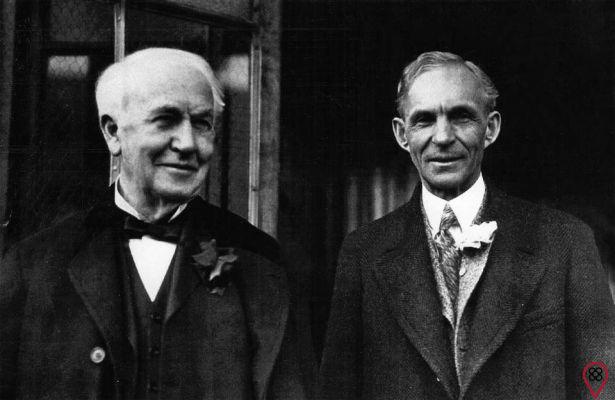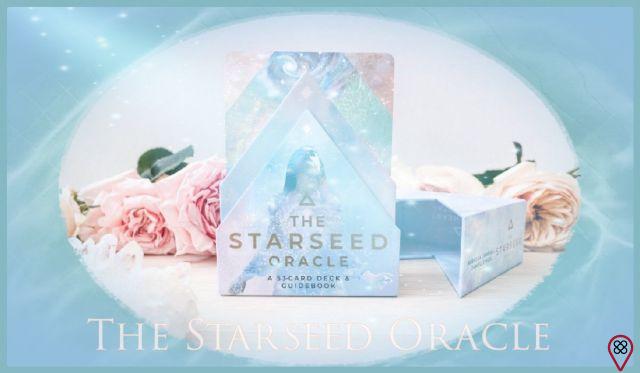
It must have happened to you, at least once in your life, to hear about resilience, you were probably even invited to increase it, but what does resilience mean in reality?
According to Wikipedia, in Psychology the resilience is defined as the individual's ability to deal with problems, overcome obstacles or resist pressure from adverse situations, shock, stress, among others, without going into a psychological outbreak.
We can simply say that resilience is the art of knowing how to adapt to changes, transforming uncertainties into opportunities and risks into innovations.
Resilience presupposes self-knowledge because those who do not responsibly analyze themselves will hardly be able to know their own potential and the limits they need to overcome to always give their best.
Being fully aware of your capabilities, you will be able to “start over” in an effective and positive way and will know how to adapt to the changes that the current world, increasingly technological and “interconnected”, is demanding.
Training one's ability to face negative situations and rapid changes is the key to achieving the goals that have been determined, finding an alternative path that indicates the way out of a situation, apparently without solution, becomes a fundamental ability to maintain concentration and know adapt to any change.
Apparently it seems simple, but people with resilience have certain characteristics that at the right time make a difference.
Let's see more concretely what we are talking about.
● People who have resilience tend to leave their comfort zone, would you?
● People who have resilience know how to clearly define their own goals, can you?
● People who have resilience also know how to recognize positive aspects in negative situations and learn from the new experience, do you know how to do that?
● People who have resilience firmly believe in what they are doing, do you?
● People who have resilience know how to listen, evaluate and, eventually, make the best use of everything they have seen and heard, are you capable of that?
● People who have resilience fully believe in the importance of always keeping up to date and informed to be able to use their own knowledge at the right time, do you believe that?
● People who have resilience see change as an opportunity and not an uncomfortable obstacle, as you do?
● People who have resilience are leaders of themselves and listen actively, are you a leader and do you know how to listen?
These are just some of the characteristics of people who know how to turn difficulties and changes into an opportunity to realize new dreams and achieve great successes, simply by believing completely, firmly in their own action and in the validity of the goals they set out to achieve.
Now it is simple to understand that, unlike someone who is easily vulnerable, a person who has resilience knows how to act proactively in the face of any challenge and the most positive thing is that you can also be resilient; you need to fully understand your potential, know where you are and, above all, where you want to go.
As you may have noticed, a resilient person is therefore the opposite of an easily vulnerable person, as they are able to adapt and provide a reactive response to the current situation. The good thing is that you, too, if you want to, can be resilient. You have to know your potential to the fullest, know where you are and especially where you want to go.
An extremely resilient and determined person despite “failures” must have been Thomas Edison, one of the greatest inventors in history with 1093 officially recognized inventions, a record still undefeated.
Edison became famous for having invented the incandescent light bulb, one of the most used objects in the world. The thing was not as simple as it might seem at first glance because before reaching the final version, Edison faced a huge amount of failures as he couldn't find the material to make the inner filament without it burning up when lighting it up.
Thomas tried “only” a few thousand times with different materials, accumulating many failures, but when asked if, due to so many “failures” it was not better to give up, he used to answer: “I didn't fail. I only found 2500 materials that don't work.”
He tested almost twice as many materials before finding the solution represented by the “magical” tungsten filament. Only at that time did he see his dream of donating the lamp to humanity come true.
Friends, we have arrived at our answer; what unites Thomas Edison with resilience and a clear goal is the light bulb itself.
Of course, we are not all like Thomas Edison, but we all have the ability to clearly choose how to approach and face difficulties by deciding what to do with our lives.

























